Rich Homemade Eggnog: Key Temps
Rich, flavorful eggnog (also spelled in two words: egg nog) is definitely a holiday favorite; and if you haven’t ever tried making your own, you’re in for a treat—you won’t go back to store-bought again. The ingredient that gives eggnog its signature rich, silky texture is, well…eggs! There are many eggnog recipes that simply use raw eggs in them, but the use of raw eggs carries with it a risk of salmonella. According to foodsafety.gov, custards (a cooked mixture of eggs and dairy) and other dishes containing eggs must be cooked to 160-170ºF (71-77ºC) to be considered safe to eat. Thermapen® ONE is ideal for testing the temperature of your custards!
The Role of Eggs in Custards:
1. The protein in eggs coagulates and solidifies once they reach about 140-145ºF (60-63ºC), providing structure.
2. Egg yolks contain lecithin. Lecithin emulsifies ingredients that usually would not mix together, mainly fat and water.
3. Eggs add richness to both the texture and flavor of custards.
Crème Anglaise Method: This process of making a stirred custard with milk, eggs, and sugar is essentially the method for making crème anglaise or classic vanilla custard sauce. The tricky thing about making a stirred custard is its susceptibility to curdling. If you get the mixture too hot, your beautiful custard sauce will resemble runny scrambled eggs. Not very appetizing.
How to Make Custard For Eggnog
1. Use a Double Boiler: In this recipe by Jean at Delightful Repast, the custard is made in a double boiler. This is a very gentle method of cooking and helps to keep the mixture from curdling. It’s important to constantly stir the custard to keep the proteins in motion as they rise in temperature between 140-170ºF (60-77ºC) and begin to coagulate. This gentle coagulation will thicken the sauce, but if it isn’t kept in motion the protein can take on a grainy texture, so keep stirring!
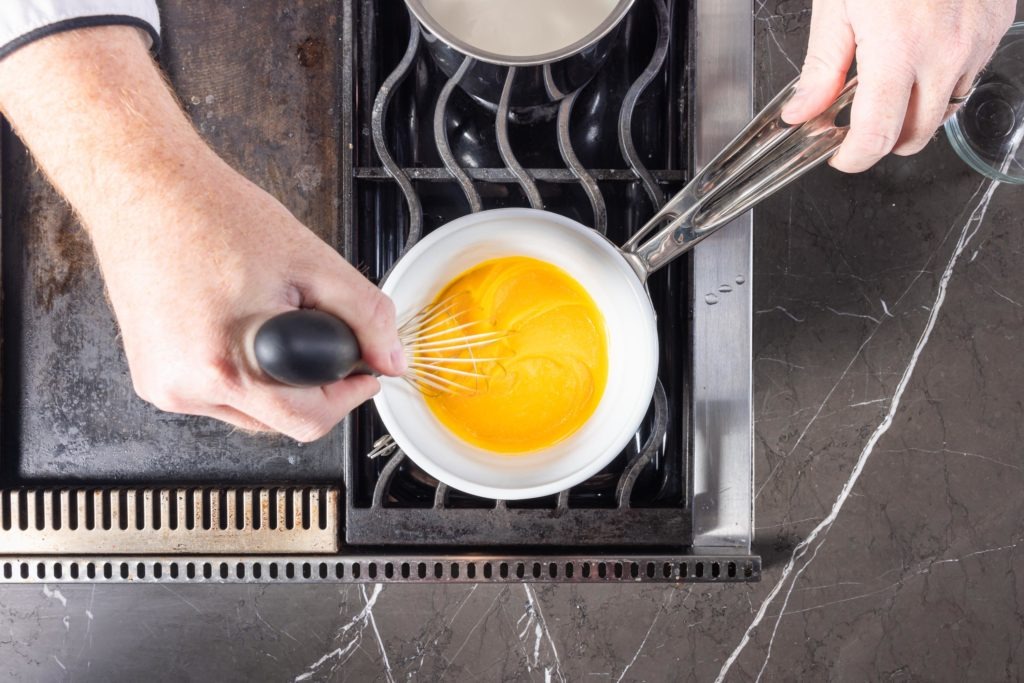
2. Use Your Thermometer: As custards are prone to bacterial growth, it’s critical that they move quickly through the temperature danger zone of 40-140ºF (4-60ºC), so the hot milk you add needs to be simmered. Remember, accurate temperature control when cooking with eggs is important for food safety and the proper structure of the recipe they are used in. Keep your Thermapen handy and occasionally spot-check the custard as the temperature rises (then back to stirring). When you reach 160ºF (71ºC), it’s time to cool it down. The addition of cold milk after cooking will hasten the cooling process.
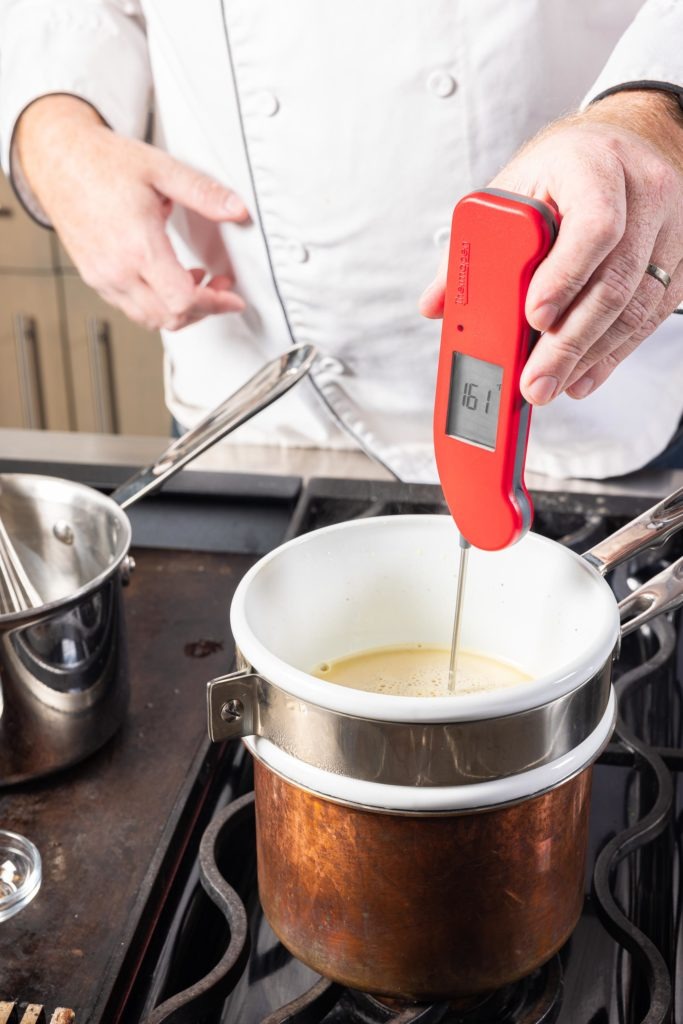
Eggnog is the classic winter drink that makes any winter day feel like a party. Here, just in time for the holidays, is a recipe for a delightful homemade eggnog without those worrisome raw eggs.
Print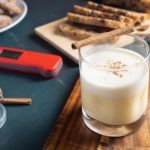
Rich Homemade Eggnog Recipe
Description
This eggnog is delicious and not as heavy as many commercially produced.
Makes nearly 2 quarts.
Our thanks to Jean with Delightful Repast for this recipe. Merry Christmas!
Ingredients
- 6 large egg yolks
- 1/3 C sugar
- 1/4 tsp salt
- 2 C hot milk—120°F (49°C)
- 2 C cold milk
- 1/4 to 1/2 C rum or brandy (optional)
- 1 Tbsp vanilla extract
- 1 tsp grated nutmeg plus more for garnish
- 1 C heavy whipping cream
Instructions
- At least 8 or up to 24 hours before serving time: In the bottom pan of a double boiler, heat an inch of water to a gentle simmer. In the top pan of the double boiler, whisk together egg yolks, sugar, and salt until well blended.
- Gradually whisk in hot—120°F (49°C)—milk and nutmeg. Cook over simmering water, stirring constantly, until mixture begins to thicken and registers between 160-170ºF (71-77ºC); do not boil. It will not be as thick as a heavy custard!
- Stir in cold milk. Strain custard into a 2-quart bowl.
- Stir in the vanilla and the brandy or rum, if using. Cover and refrigerate until well chilled, at least 8 hours. (Or make a large ice bath and cool the ‘nog in the bowl while stirring it.)
- Whip cream until soft peaks form. With a wire whisk, gently fold/mix whipped cream into custard.
- Pour eggnog into a chilled 2- or 2 1/2-quart punch bowl or pitcher; sprinkle with nutmeg. Serve!
Homemade Eggnog Recipe
Our thanks to Jean with Delightful Repast for this recipe. Merry Christmas!
Shop now for products used in this post:


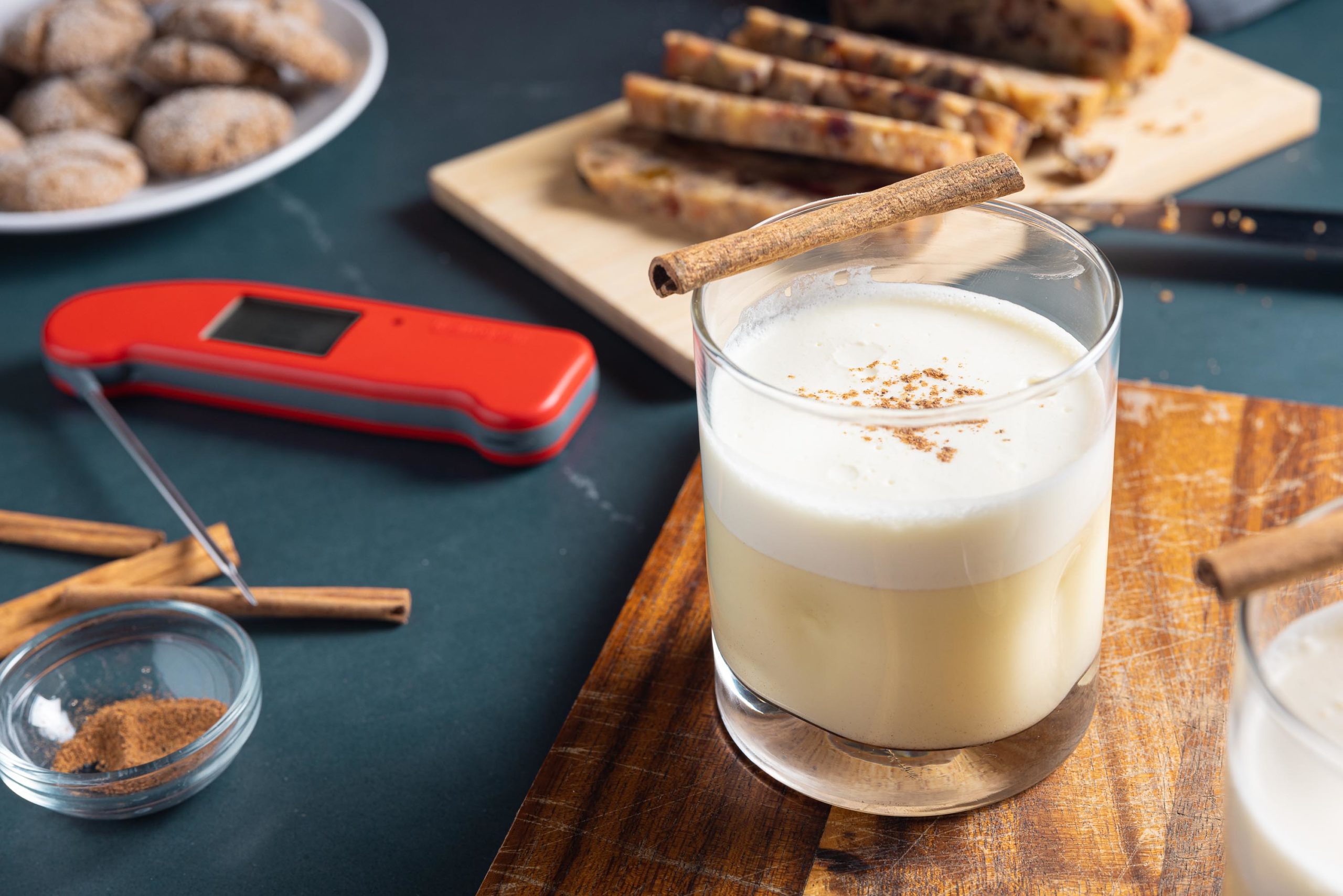
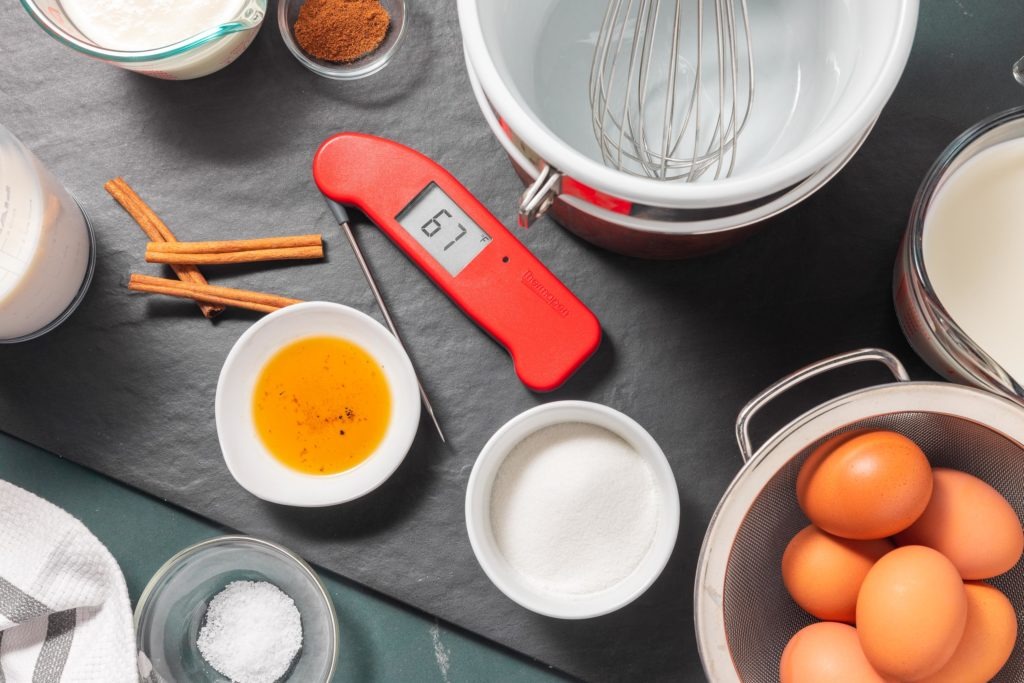
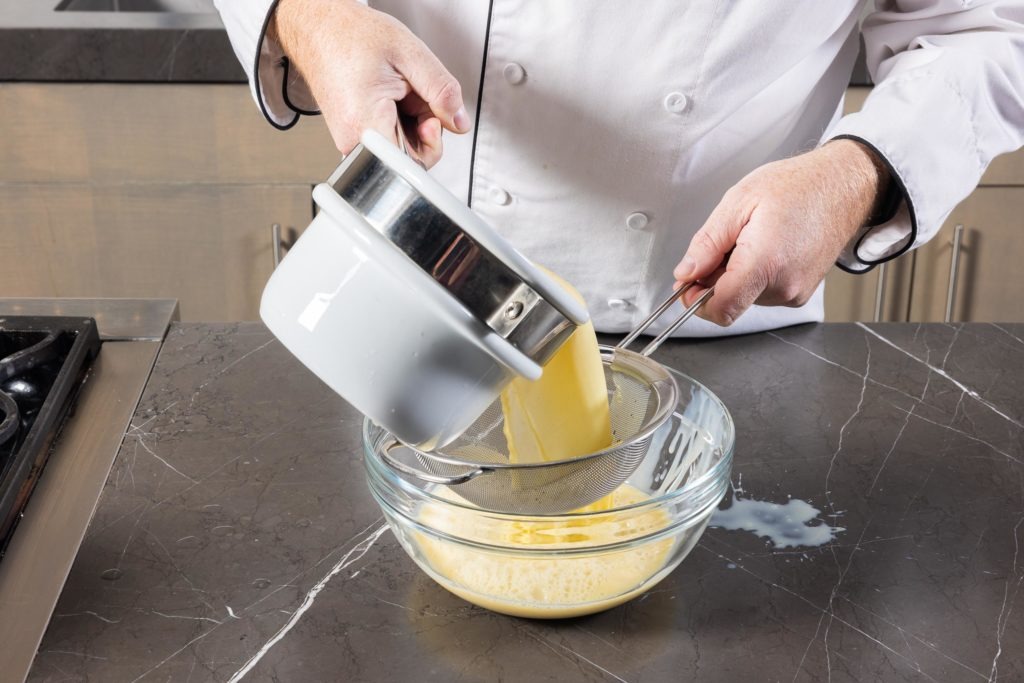
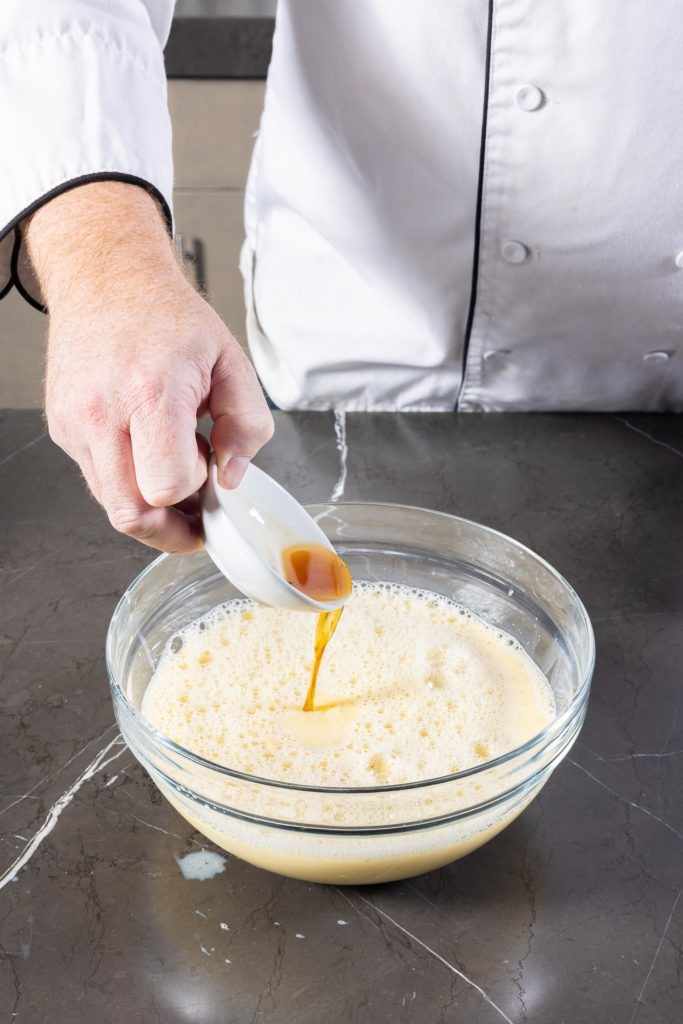
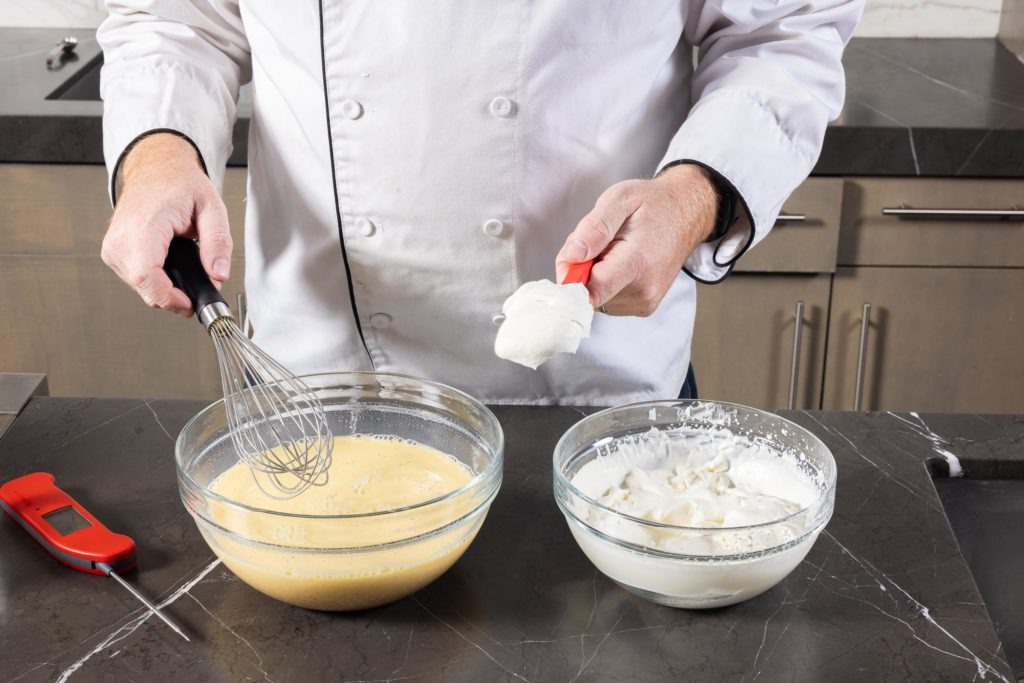
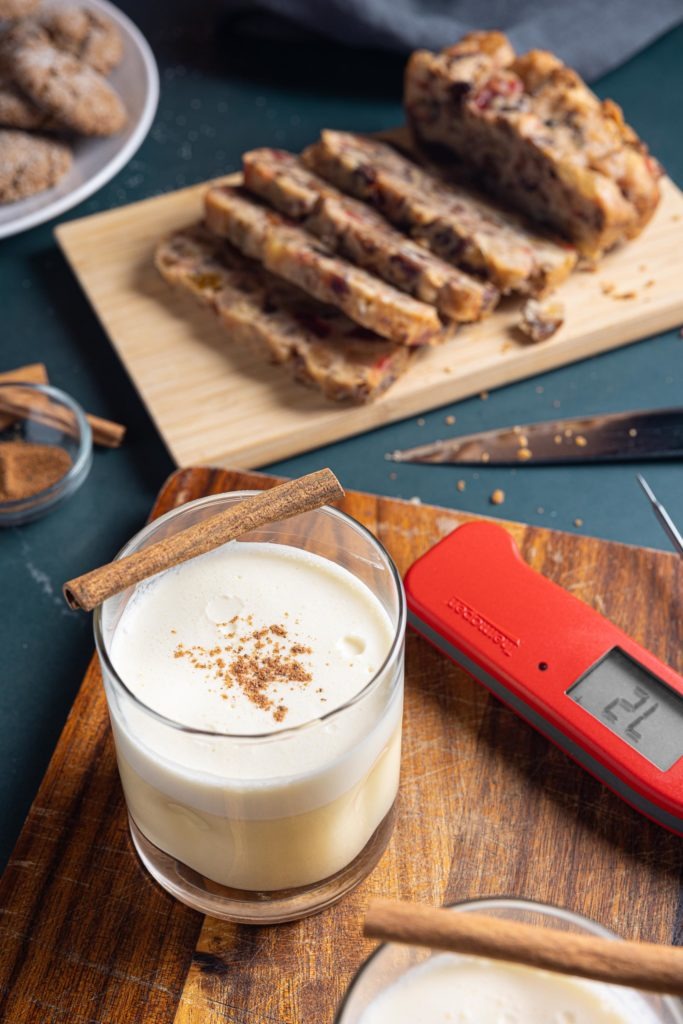

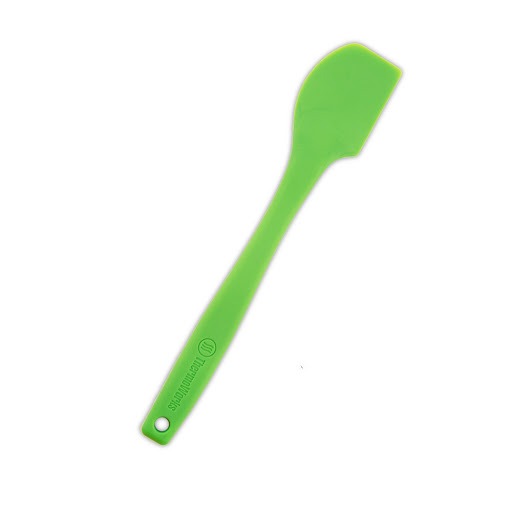
Kim!! Thank you for sharing this recipe with all of us !! But as I’m a relative newbie to homemade eggnog, could you please specify what the temps are for the “hot” and “cold” milk? Especially the hot milk, as I feel that too cool or too hot milk would be disastrous to the final product. Thanks for your time and appreciate the help!!
Kim!! Thank you for sharing this recipe with all of us !! But as I’m a relative newbie to homemade eggnog, could you please specify what the temps are for the “hot” and “cold” milk? Especially the hot milk, as I feel that too cool or too hot milk would be disastrous to the final product. Thanks for your time and appreciate the help!!
Lishka913,
This recipe is from one of our affiliates and I can’t speak for her; but I’m glad to give you my recommendations with the recipe. The cold milk can be used directly from the refrigerator, and the portion of milk that is whisked into the eggs and sugar over the double boiler could be added hot or cold. If added cold it will just take longer to cook. I wouldn’t add the hot milk terribly hot, though–probably just around 110ºF. Let me know if you have any further questions.
Thanks!
-Kim
Lishka913, I just heat the milk until tiny bubbles barely start to form around the edge of the pan. Using the hot (but not boiled) milk greatly speeds up the cooking when using a double boiler. And adding the refrigerator-cold milk stops the cooking and gets the cooling off to a fast start. I hope you’ll make it soon and let me know how it turns out for you!
Kim and Jean, finally got to making the eggnog!!! It was a success with one of my tasters, the other thought it was just milk with nutmeg (possibly ’cause she’s used to the commercial stuff?) But my other taster was happy with that ’cause it meant more for him!!! I myself was only able to try a small sample (before work!), and I liked it alot. I think I heated the milk to much before adding the egg portion, as it never really “thickened up” despite getting it slowly up to the target temp. But on the plus side I didn’t have scrambled eggs in milk either!!! So another try to get it right and I’ve got my taster handy and this time he’ll have to share with me!!! Wish me good luck!!!
I didn’t use a double boiler. I was dissatisfied with the resemblance to milk at 160 degrees and reheated the eggnog the next day up to 170 degrees. I kept stirring but there was some curdling. It became thick and creamy and I strained out the curdles. It was delicious cold with whip cream. Next time I want to use a double boiler.